The role-playing game - RPG - has a long and significant relationship with video games. First adopted from its tabletop origins in the 1970s, the RPG evolved to become one of the most popular genres in gaming.. Over this time, several games have made their mark and defined the ways RPGs are played today. We’ve picked the following five (in chronological order) that have had the biggest impact.
Ultima I: The First Age of Darkness (1981)
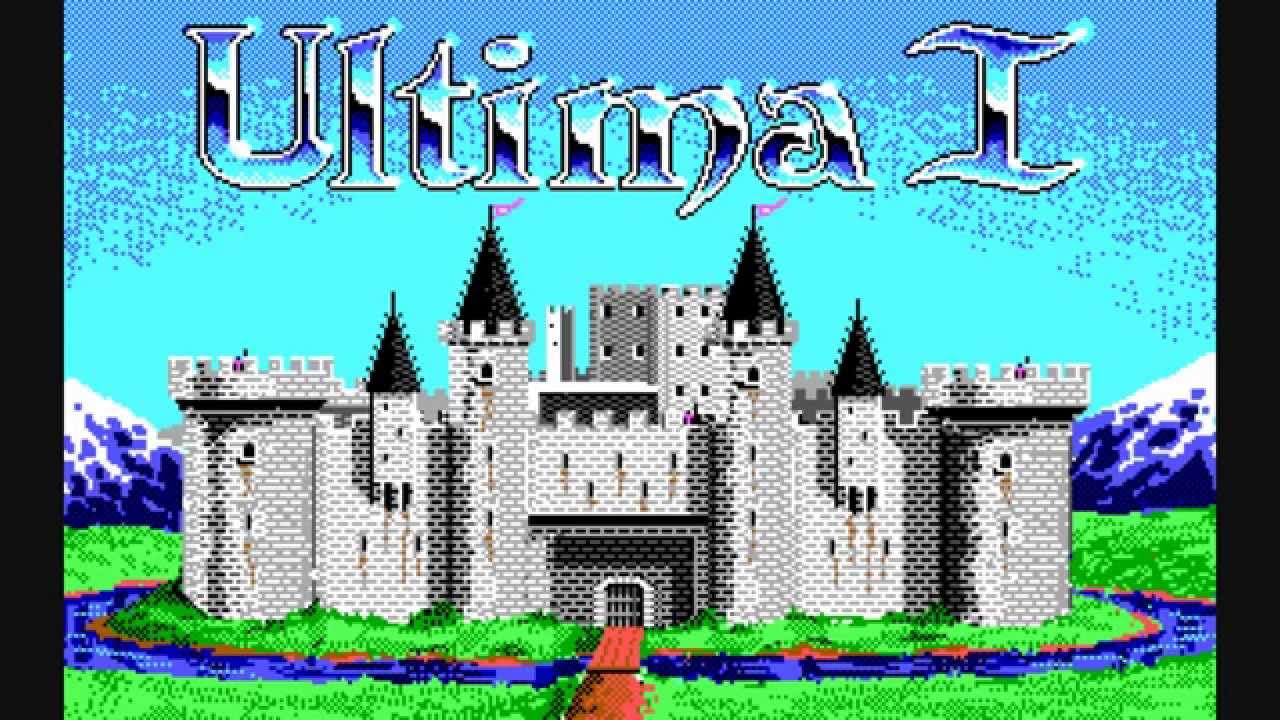
The Ultima series is regarded as one of the most important in video gaming, let alone the RPG genre. Playing as “the Stranger,” gamers would search the open world to find the evil Mondain, who possesses the Gem of Immortality. We emphasize open world, as Ultima I was the first game to offer players free reign around Sosaria, exploring and playing as they pleased.
The influence of Ultima I doesn’t end there. The game was also the first computerized RPG game that incorporated the mechanics and choices from the genre’s tabletop origins. For the first time, players could choose the race they wanted to be. They had to worry about hit points.
The game also introduced many of the conventions we now take for granted in RPGs, such as randomly generated enemies. Players could enter a town to purchase items using gold they found on their travels or embark on quests with specific objectives.
This all started in 1981, when Ultima 1, created by Richard Garriot, was released for the Apple II. In the years after its release, Ultima I was re-released and ported to numerous consoles, including the Atari 8-bit and Commodore 64.
Chrono Trigger (1995)
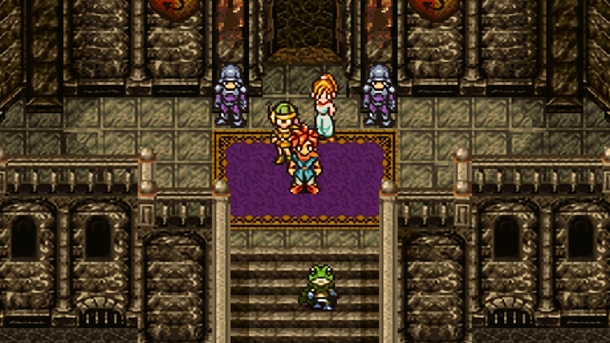
Released for the SNES in 1995, Chrono Trigger became a commercial and critical success that introduced so much to the RPG genre.
Players navigated field maps that showed visible enemies they could choose to battle, rather than be forced to battle through random encounters.They had to manage a three-person party from a selection of six characters. With 12 endings and the ability to carry over weapons via game plus files, Chrono Trigger did more than most games to encourage replays.
From a storytelling perspective, Chrono Trigger also pushed the envelope. Time travel takes center stage, as the characters (from different points in time) must travel over the centuries. Crono and Lucca travel from 1000 AD to 600 AD to find their friend Marle; Lucca and Marle, in turn, save Crono’s life by traveling to 2300 AD. Let’s not forget that the main character, Crono, dies. Whether he comes back is up to the player.
All this was served up under the game’s memorable art style, brought to life by manga artist Akira Toriyama. And Chrono Trigger’s influence hasn’t been forgotten: in 2017, IGN ranked it number one on its Top 100 RPGs of All Time list.
Final Fantasy VII (1997)
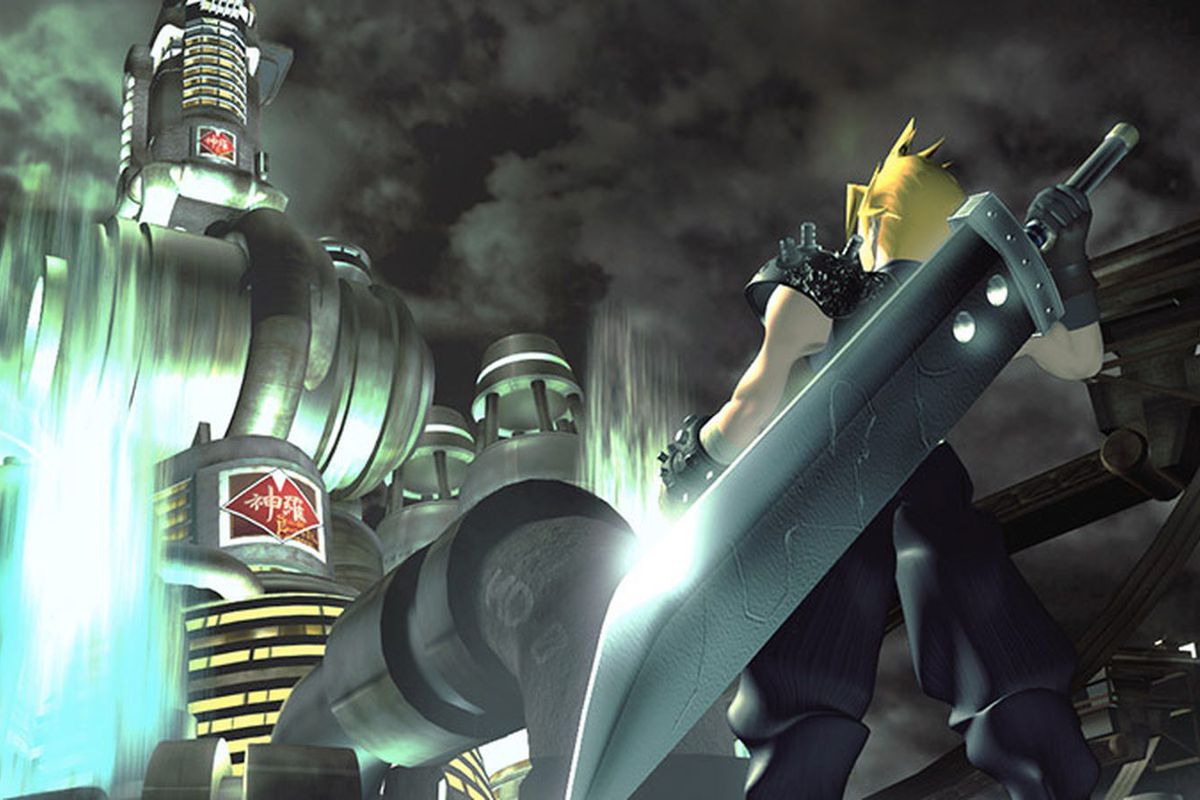
While the original Final Fantasy may have saved Square from obscurity, and Final Fantasy VI introduced a new artistic direction, it was the seventh installment that truly brought the franchise to the west.
Originally intended for the SNES, Final Fantasy VII production was switched to the PlayStation to use the advantages the disc format offered. The decision paid off. Players not only experienced superior graphics, but were also introduced to CG cutscenes that added a new layer of storytelling.
Final Fantasy VII continued with darker plotlines and aesthetics of its predecessor. The game’s mercenary protagonist, Cloud, works with his allies to stop Sephiroth from destroying their planet. They, along with Aerith, are among the most recognizable characters in the Final Fantasy Franchise.
While the game received widespread critical acclaim upon release, Final Fantasy VII can be polarizing within the gaming world. Some claim it’s overrated, while others claim the game’s true importance is overshadowed by the genre conventions it helped cement.
Nevertheless, there’s no denying how Final Fantasy VII changed the way the West thought of the gaming genre. When we think of the JRPG, this title will always come to mind.
Fallout 2 (1998)
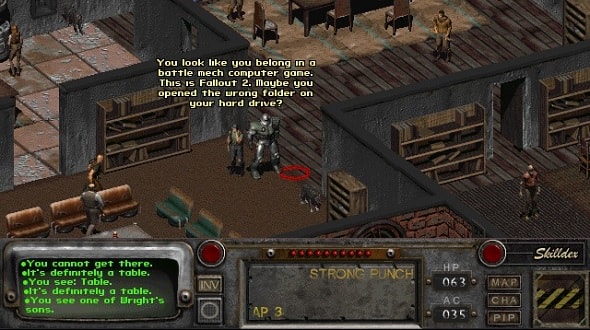
In 1997, Fallout introduced gamers to a unique world - one that placed players in a post-apocalyptic twenty-second century painted in 1950’s nostalgia. The game received critical acclaim and a sequel was to be developed in just nine months.
Fallout 2 built on its predecessor and delivered a remarkable RPG experience. The game’s expanded open world and numerous small stories allow players to forge their own way toward completing the game’s main mission: to retrieve the Garden of Eden Creation for their hometown of Arroyo.
Part of this was intentional, part of it was out of necessity. The game’s rushed schedule forced developers to create the game’s vast world before tackling missions and developing characters. Fallout 2’s sense of randomness was the result of programmers filling them at the last minute. The result? Characters like the Professor's radscorpion.
Fallout 2 wasn’t without its faults. The game was plagued with infamous glitches upon release. Yet the end-product laid the groundwork for the franchise’s later releases and expanded the player’s idea of open-world exploration.
World of Warcraft (2004)
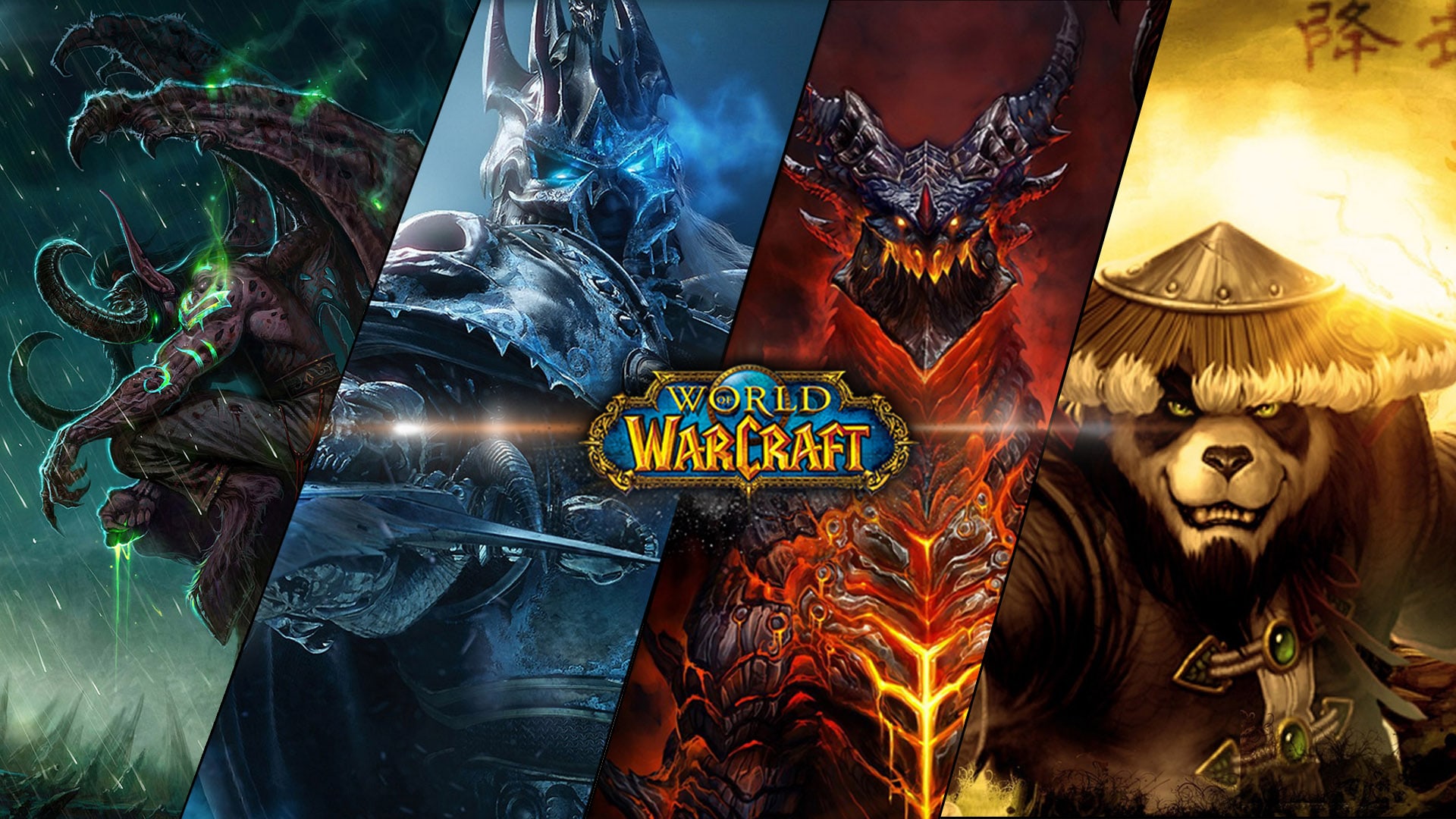
Looking back in 2018, it’s hard to imagine a gaming landscape without World of Warcraft. First released by Blizzard in 2004, went on to become the most popular game of its kind - an MMORPG that united millions of players under one virtual, fantastical roof.
Set in the world of Azeroth, WoW brought players into a beautiful, immersive world filled with NPCs and thousands of other players. The game’s voicing and music only added to the experience. Players could spend countless hours exploring the world on their own, though the game’s well-crafted quests to be tackled with friends were the main draw.
WoW attracted casual and hardcore gamers alike, thanks in part to some adjustments gameplay mechanics. Characters recovered from damage and death faster compared to previous RPGs. Rested bonuses allowed newer players to gain experience faster and catch up with their friends.
Since its inception, Blizzard has released seven World of Warcraft expansions and announced an upcoming legacy (classic) version. At its 2010 peak, World of Warcraft had a whopping 12 million subscribers. And though, in 2018, that number has more than halved,
Did you enjoy a glimpse into the Rabbit Hole? Want to see the what else is below the surface? Consider subscribing to our newsletter for comic delievered to your email, free game keys give away events and latest news from the Rabbit Hole.
